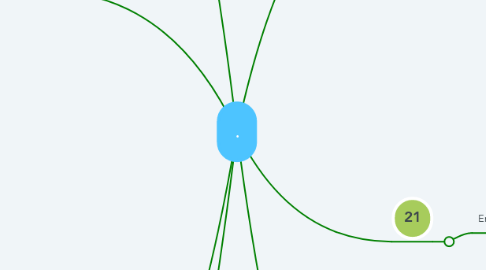
1. 22
1.1. Empowerment era
1.1.1. Workers to reach their full potential as employees
1.1.1.1. Flexible working
1.1.1.2. Work-life balance
1.1.1.3. Managing their own schedules
1.1.1.4. Job insecurity
1.1.1.5. Lower wages
1.1.1.6. Less bargaining power
1.2. Change
1.2.1. Everett Rogers’ ‘Diffusion of Innovation’ (1962)
1.2.1.1. Change must be diffused over time
1.2.2. Determining what change is neccesarry
1.2.2.1. Appraise the performance of management
2. 24
2.1. Quality
2.1.1. Six Sigma
2.1.1.1. Cost and amount of quality effort
2.1.2. Cost of quality
2.1.2.1. Prevention of failure
2.1.2.2. Low levels of failure more costly
2.1.3. Managing quality
2.1.3.1. Quality assurance
2.1.3.2. Quality control
2.2. Operational risk
2.2.1. Uncontrollable events
2.2.1.1. Can threaten the organisation’s viability
2.2.2. Assessing the risk
2.2.2.1. Health and safety risk assessments
2.3. Operational resilience
2.3.1. The ability to respond and withstand unwanted events
3. 26
3.1. Leadership
3.1.1. Distributing concepts
3.1.2. Motivating employees
3.1.2.1. Encouraging repeat purchases
3.1.3. Motivation theories
3.1.3.1. Motivation factors
3.1.3.2. Absence of hygiene factors
3.1.3.3. Maslow’s hierarchy of needs
4. 23
4.1. Measuring issues
4.1.1. Financial reporting
4.1.1.1. Balance sheet
4.1.1.2. Income statement
4.1.1.2.1. Assist decision makers
4.2. Shared Value
4.2.1. Moving beyond corporate social responsibility (CSR)
4.2.2. Incorporating social and environmental considerations
4.2.3. Pursuing financial success
4.3. Shareholder value
4.3.1. Maximising shareholder wealth
5. 20
5.1. Time frames for innovation and organisation success
5.2. Cycle of innovation
5.2.1. Business Cycle
5.2.1.1. Expansion
5.2.1.1.1. Increased amount of resources available
5.2.1.2. Recession
5.2.1.2.1. Catalysing future economic prosperity.
6. 21
6.1. Employment relations
6.1.1. Interactions and the power relationships
6.1.2. Economic perspective
6.1.3. Value
6.1.3.1. The purpose of change is to make a product more valuable
6.1.3.2. Outside factors
6.1.3.2.1. Stakeholders
6.1.3.2.2. Shareholders
7. 25
7.1. Long term marketing
7.1.1. Relationship marketing
7.1.1.1. Responding to change
7.1.1.2. Relationships with other buseiness'
7.1.1.3. Internal marketing
7.1.1.3.1. Staff representing their own brand
7.1.1.3.2. personifying the brand identity
7.1.2. Crisis management
7.1.2.1. Negative publicity
7.1.2.2. Keeping the trust
7.1.3. Measuring success
7.1.3.1. Make corrections

